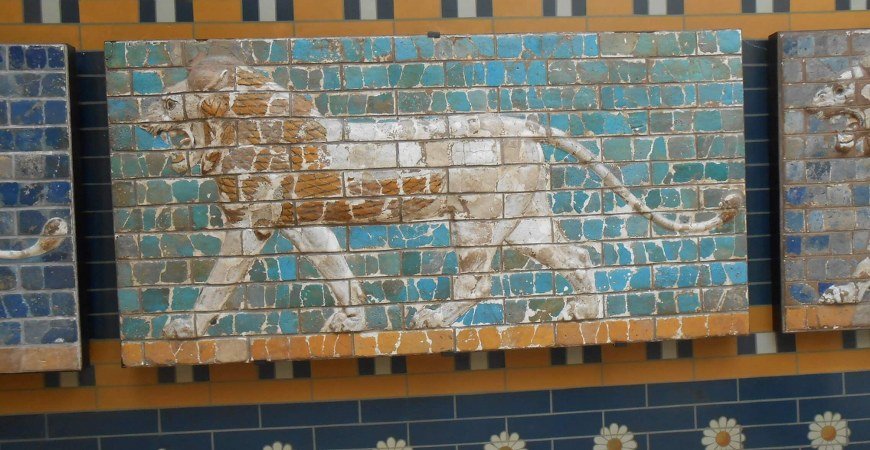
Ancient Oriental Works of the Istanbul Archaeological Museum – Chapter 1
Ancient Oriental Works of the Istanbul Archaeological Museum – Chapter 1,
The section of Ancient Oriental Works of the Istanbul Archaeological Museum contains one of the world’s richest historical -archives in existence today, the Cuneiform Documents. These were written on soft clay, and then either dried in the sun or baked in special ovens and include 4010-year-old letters, edicts, title deeds, agreements, in short, they are written records of the political, economic and social life of an age. If it were not for this history could not have been written. We would have been left in the dark about the Sumerians, the Hittites, and the Assyrians. These clay tablets have informed us about the past, they have spread it in front of us in all its facets. Istanbul Archaeological Museum contains 74 thousand clay tablets written in cuneiform. Have all of these being read? According to museum officials, most of them have been studied and an inventory prepared, but there are still many that have not been read or studied. If you are curious about the source of such a large number of tablets, here is the answer. Before the First World War, the region of Mesopotamia in Iraq where several ancient civilizations sprang up was part of the Ottoman Empire. Founder of Istanbul Archaeological Museum Osman Hamdi Bey was Director of Museums. Just as he had a law passed making all ancient works the property of the state, so Hamdi Bey was organizing archaeological excavations in territories under the sovereignty of the Ottoman State. Most of these tablets were found in excavations in Mesopotamia and brought to Istanbul. There are also valuable documents left from the Babylonian library. The rest of the tablets were found in Anatolia. A significant number of cuneiform tablets were found at the site of the former Hittite capital, Hattusas (now called Bogazkoy) and at the center of the Anatolian trade colonies of the Assyrians, Kanis (near Kayseri and now called Kultepe). Finding them is easy but who is going to read them. Foreign experts you may say. The first person to consider this serious problem was Ataturk. He established the Faculty of Language and History in Ankara in order to train experts in the Hittite, Sumerian and Akad languages, and he also had students sent to Europe and America.
You can continue to find more about Ancient Oriental Works of the Istanbul Archaeological Museum in Chapter 2.